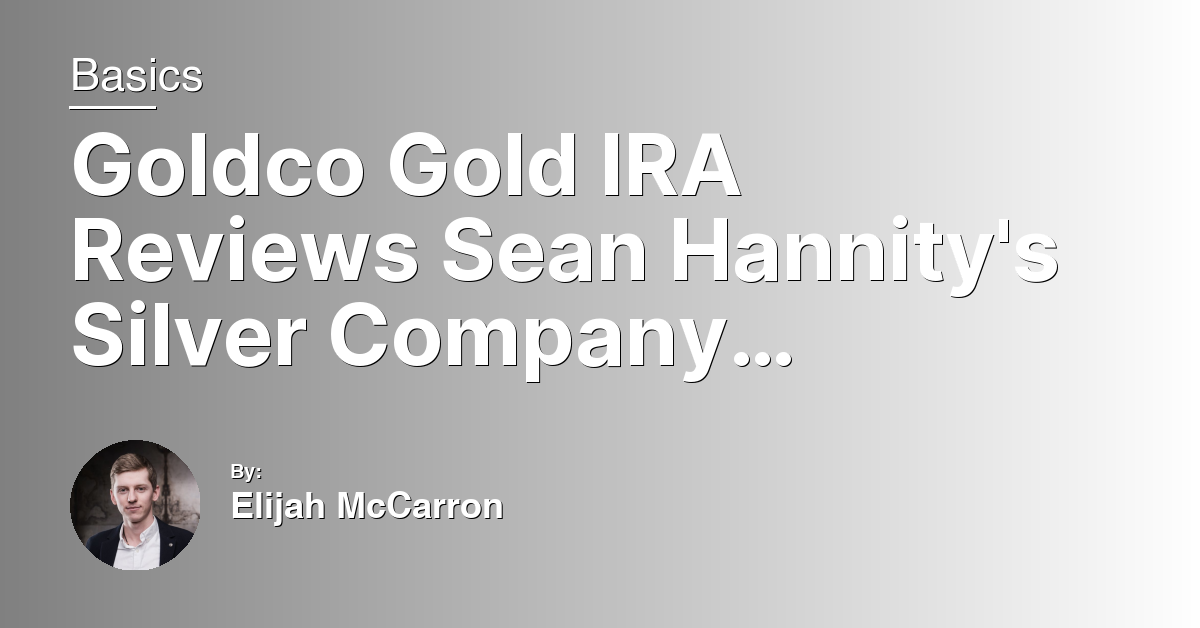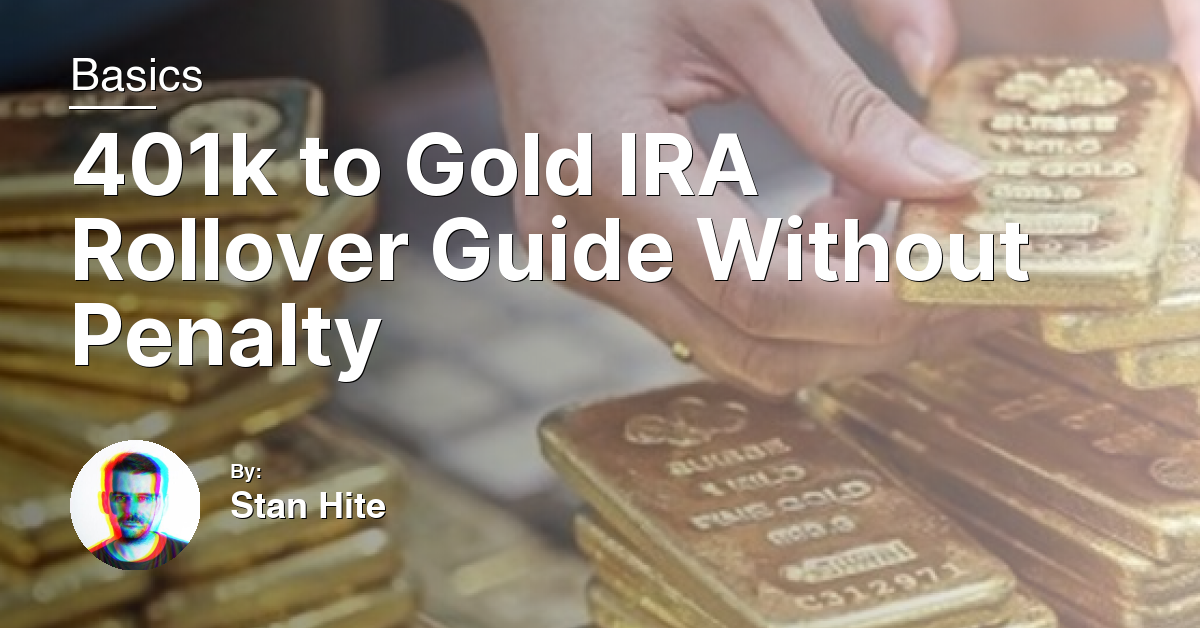In an era where financial security is more elusive than ever, diversifying one’s retirement portfolio has become a cornerstone of savvy investing. This guide delves into the world of Self-Directed Gold & Precious Metals IRAs, offering a beacon for those looking to navigate the complexities of incorporating tangible assets into their retirement planning. Whether you’re a seasoned investor or new to the realm of precious metals, this comprehensive guide illuminates the path toward a more resilient and diversified retirement strategy.
Understanding the Process of Holding Gold
In a Self-Directed Gold & Precious Metals IRA, the investor chooses to include gold or other precious metals as part of their retirement portfolio. This is considered an alternative investment strategy, diverging from traditional stocks, bonds, and mutual funds to potentially provide a hedge against inflation and diversify financial risks.
The process involves selecting a custodian bank or financial institution authorized by the Internal Revenue Service (IRS) to hold the IRA assets. This custodian will facilitate the purchase of gold bullion or coins, ensuring that the investment complies with IRS regulations regarding purity and storage.
Investors should be aware that there are specific storage requirements; the gold must be held in a secure facility rather than in personal possession. This ensures the gold’s safety and compliance with tax laws. Fees for storage and insurance may apply, impacting the overall valuation of the IRA.
Understanding the valuation (finance) and potential for appreciation, as well as the risks associated with gold as an investment, is crucial. Consulting with a financial adviser can aid investors in navigating the complexities of adding gold to their retirement strategy, balancing potential rewards against the costs and risks involved.
Rules and Regulations for Gold IRAs
When investing in a Self-Directed Gold IRA, it’s crucial to understand the rules and regulations set by the Internal Revenue Service (IRS) to ensure compliance and maximize tax benefits. First and foremost, all investments must be held by a qualified custodian bank or trust. This entity oversees the IRA, ensuring that all transactions adhere to IRS standards and providing necessary tax reporting.
The IRS permits a variety of gold and precious metal assets in an IRA, including bullion and coins that meet specific purity standards. For example, gold must be 99.5% pure. However, collectibles and certain types of coins are not eligible.
Investments in a Gold IRA must be made with cash, and the IRS imposes contribution limits that change annually. Distributions, on the other hand, are subject to tax and potentially an early withdrawal penalty if taken before the age of 59½.
Diversifying your portfolio through a Gold IRA can serve as a hedge against inflation and currency devaluation, providing a secure alternative investment to traditional stocks, bonds, and mutual funds. Always consult with a financial adviser to navigate the complexities of Gold IRA investments and ensure alignment with your personal finance goals.
Benefits and Drawbacks of Gold Investments
Investing in gold through a Self-Directed IRA offers a way to diversify your portfolio, reducing reliance on stocks and bonds. This precious metal has historically maintained its value, providing a hedge against inflation and currency devaluation. Especially during the 2007–2008 financial crisis, gold proved to be a resilient asset, bolstering its appeal for personal finance and wealth preservation.
However, there are drawbacks. Unlike stocks and mutual funds, gold does not generate interest or dividends, potentially leading to opportunity costs. The valuation of gold can be unpredictable, influenced by global economic factors, making it a riskier option for some investors. Additionally, investing in physical gold incurs storage fees and insurance costs, which can erode returns over time.
For those considering a gold investment within an IRA, it’s crucial to weigh these benefits against the drawbacks. Diversification can aid in managing risk, but understanding the financial implications and conducting thorough education on gold as an investment is essential.
Starting and Converting to a Gold IRA
Starting a Gold IRA involves setting up a self-directed IRA, which gives you the flexibility to invest in physical gold, silver, and other precious metals, alongside traditional IRA assets. To begin, you’ll need to choose a custodian specialized in these accounts, often requiring a thorough vetting process to ensure compliance with the Internal Revenue Code and safeguarding your investments.
Converting existing retirement accounts into a Gold IRA can be a strategic move for diversification, serving as a hedge against inflation and financial crises. This process typically involves a rollover from a traditional IRA, 401(k), or similar retirement plan. It’s paramount to understand the associated fees, tax implications, and the valuation of metals, ensuring they meet the purity standards set by the IRS.
Investing in a Gold IRA allows for a tangible asset in your portfolio, potentially enhancing your financial plan with a historical store of value.
Eligible Gold Types for Your IRA
| Gold Type | Description |
|---|---|
| Physical Gold Bars | Bars of refined gold that meet specific purity standards |
| Gold Coins | Government-issued coins with a specific gold content and purity |
| Gold Bullion | Gold bars or coins that are at least 99.5% pure |
| Gold Rounds | Circular discs of gold with a specific weight and purity |
| Gold ETFs | Exchange-traded funds that track the price of gold |
Due Diligence in Gold IRA Investments
Conducting due diligence in Gold IRA investments is crucial for safeguarding your portfolio and optimizing returns. It’s essential to understand the valuation of gold and how it serves as a hedge against inflation and economic downturns, much like it did during the 2007–2008 financial crisis. Investing in gold can diversify your portfolio, traditionally heavy in stocks, bonds, and mutual funds, reducing risk and potentially enhancing wealth over time.
Research the fees associated with Gold IRA transactions, storage, and management. These can vary widely and significantly impact your investment’s net growth. Investigate the credibility and trustworthiness of IRA custodians. Trust is paramount, as these entities will manage the purchasing, selling, and safekeeping of your precious metals.
Consider the forms of gold (coins, bullion) allowed in IRAs by the Internal Revenue Code, ensuring compliance and maximizing the tax advantages of your retirement account. Awareness of market dynamics and historical gold price movements is essential for making informed decisions.
Frequently Asked Questions
Can I buy gold with a self-directed IRA?
Yes, you can buy gold with a self-directed IRA.
What is the downside of a gold IRA?
The downside of a gold IRA is the complexity and additional expenses involved, such as purchase commissions, storage fees, and insurance costs, which can impact returns. Additionally, investments are limited to IRS-approved precious metals.
Can you take possession of gold in an IRA?
You cannot take possession of gold in an IRA. Gold in the form of coins or bullion must be held by a custodian due to IRS regulations.
Can I convert my IRA to gold?
You can convert your IRA to gold, but it is important to follow IRS rules to prevent penalties. This usually involves a direct transfer of funds between custodians to avoid taxes and early withdrawal fees.

